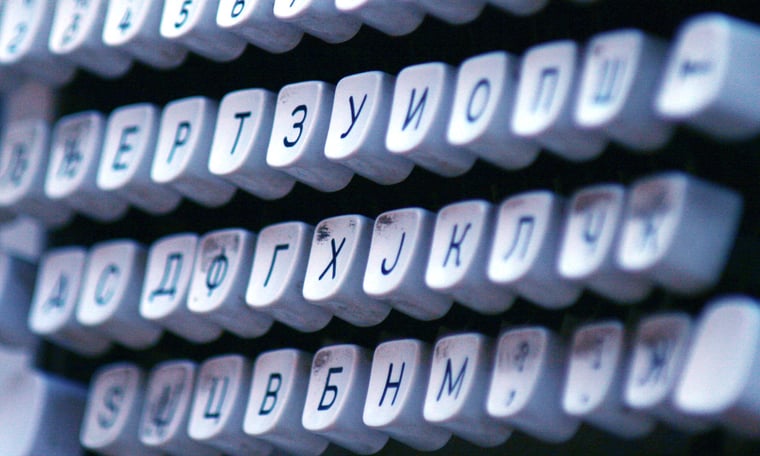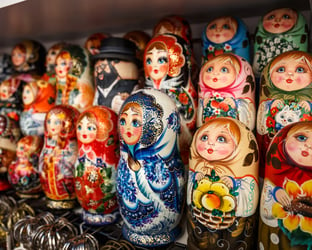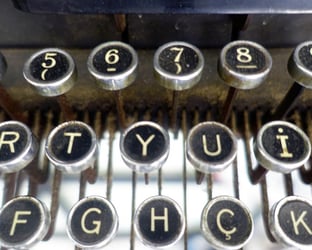Did you know Cyrillic script was invented in Bulgaria during the First Bulgarian Empire by two monks – Cyril and Methodius? (You may be able to tell by the name.) Since its invention in the 9th century, Cyrillic script has been used as the basis for alphabets of various languages concentrated in Southeastern Europe and Eurasia. Bulgaria joined the European Union in 2007, and Cyrillic Script was added as an official script, along with Greek and Latin. The Russian alphabet uses Cyrillic script. There are over 150 million Russian speakers in the world!
Russian, unlike English, is a very phonetic language.
In addition to being written in the Cyrillic script, the Russian alphabet has 33 letters. (Compare this to the English alphabet which is written using the Latin script with 26 letters.) However, some letters are the same. A, E, K, M, O and T are identical in both the Russian alphabet and the Latin alphabet.
In English, we have 12 vowel sounds – 5 long and 7 short. Russian has 5 vowel sounds. This affects pronunciation and intonation differences for Russian speakers learning English.
Are keyboards the same for Cyrillic script and Latin Script?
For Latin script, most English-speaking countries use the QWERTY layout. (The name comes from the first six letters in the upper left hand corner of the keyboard.) The QWERTY layout is tweaked slightly to AZERTY or QWERTZ depending on linguistic nuances in a particular area. For the Russian alphabet, the JCUKEN keyboard is used to incorporate Cyrillic script.
Fun fact: the letter C is in the same position for both the QWERTY and the JCUKEN keyboards!
Languages are indeed fascinating! It is fun to study and examine the similarities and differences. In terms of translation, it is important to make sure that you consult with experts to make sure that your are not missing anything! We have very strong ties to the Russian language.
Take a look at what we offer for Russian translation services!
Also remember, Russian Language Day is on June 6th!






